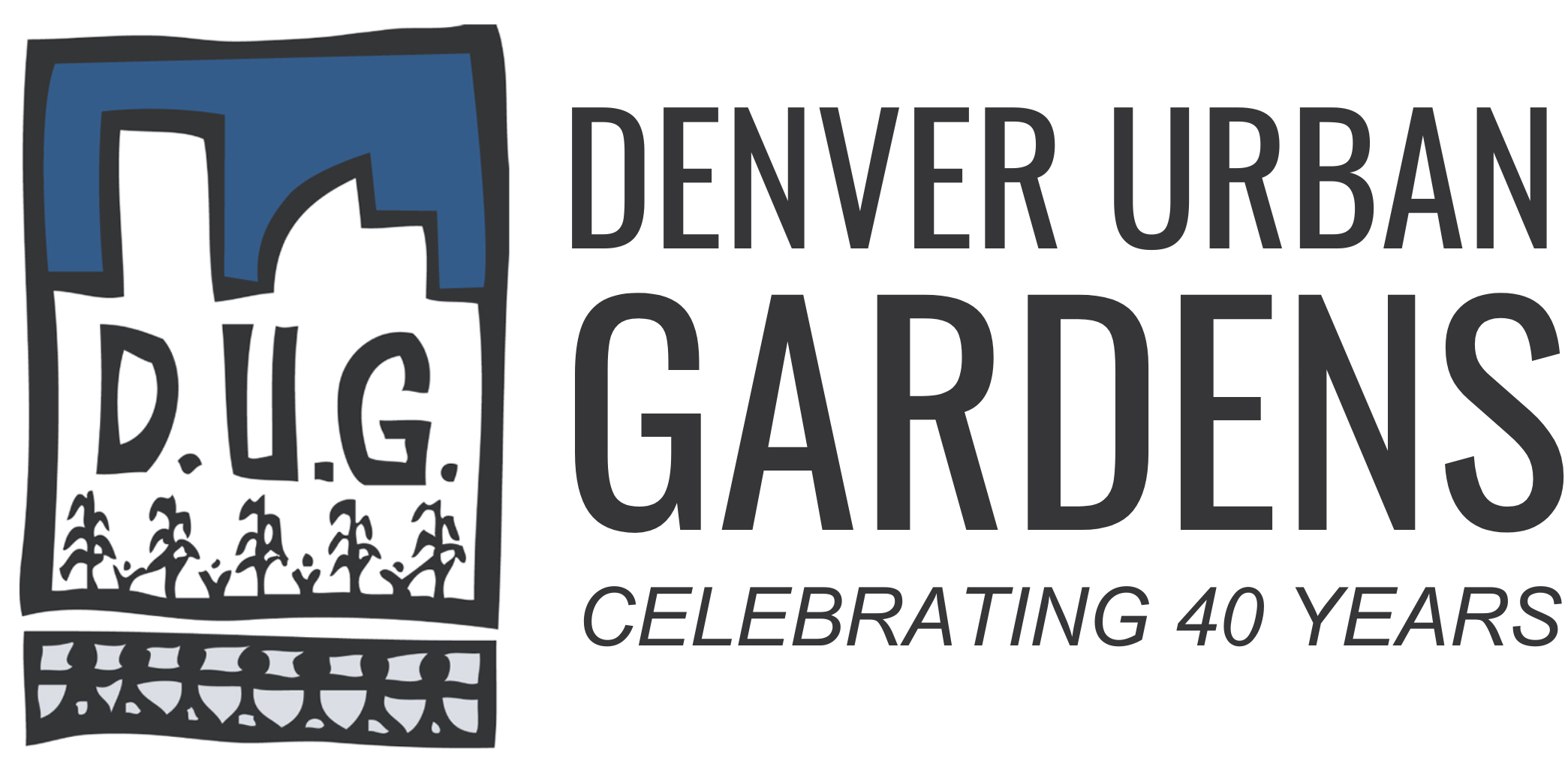On November 13, 2024, at the Greenbuild conference in Philadelphia, a panel of experts came together to discuss a forward-thinking approach to sustainable planned communities. The session titled “Prioritizing Conservation, Community, and Nature in Planned Communities” brought together a diverse group of professionals—a developer, a landscape architect, and representatives from non-profits—to share insights on how they collaborated to create a conservation-oriented community southeast of Denver.

Key Themes
The discussion centered on integrating conservation, community, and sustainability within urban development. The panel highlighted a project that exemplifies these principles, a rural planned community designed to preserve open spaces and foster community engagement while emphasizing sustainable living practices. This community also boasts the largest water recycling program in Colorado, furthering its commitment to sustainability.
Speakers and Their Roles
The panel featured:
- Linda Appel Lipsius, Executive Director of Denver Urban Gardens, served as the moderator.
- Tim Craft, Founder and CEO of Craft Companies, a sustainability-focused real estate firm, conceived the project.
- Brandon Orrick, Vice President at EDSA, a global landscape architecture and urban design firm, contributed expertise in integrating nature into the community’s design.
- Amy Yarger, Senior Director of Horticulture at Butterfly Pavilion, focused on the importance of invertebrates (pollinators) in conservation and ecosystem health.
Learning Objectives
The presentation outlined four core learning objectives:
- Integrating Building and Landscape Design: Participants learned how to merge architecture and landscape to create nature-based, conservation-driven communities.
- Partnering for Success: The session emphasized the importance of collaborating with the right partners—developers, architects, and environmental organizations—to achieve a shared vision.
- Mental and Environmental Health Benefits: The panelists discussed the positive effects of nature access on both environmental health and community well-being.
- Key Design Elements: Attendees gained insight into design elements that foster a sense of community while preserving natural resources.
Case Study: Independence in Elizabeth, CO
The panel focused on Independence, a planned community near Elizabeth, Colorado, developed by Craft Companies. The development is designed with a strong emphasis on sustainability and community-driven design. Key features include:
- Preservation of Natural Elements: Open spaces and natural areas are central to the community’s layout, with efforts to maintain the local ecology.
- Community-Centered Design: The layout encourages social interaction, offering shared spaces like community gardens, event spaces, and parks.
- Sustainable Living: The development prioritizes water recycling and other sustainable practices, reducing its environmental footprint while enhancing quality of life for residents.
The Role of Pollinators in Conservation
Amy Yarger from the Butterfly Pavilion highlighted the critical role that pollinators play in maintaining ecosystems. As 97% of animal species are invertebrates, they are foundational to all life on earth. The panel stressed the need for conservation efforts focused on these unsung pollinators, which are essential for food production and biodiversity.
Community Gardens: A “Third Place” for Social Connection
Community gardens, a key feature of the planned development, were described as “third places”—public spaces where people can gather outside of work and home. These gardens promote social interaction, food production, and environmental stewardship. With 200 community gardens and 24 food forests in Denver, DUG emphasized the critical role these spaces play in combating the epidemic ofloneliness, fostering social connections, and promoting mental health.
Final Takeaways
The session underscored the importance of building communities that prioritize nature, sustainability, and social cohesion. By integrating natural landscapes into urban design and fostering connections through shared spaces, planned communities like Independence demonstrate how development can balance growth with environmental stewardship. The panel left the audience with a message of hope, emphasizing that collaboration, conservation, and community-building are efficient keys to creating resilient and sustainable futures.
For more information, you can reach out to the session panelists:
- Linda Appel Lipsius (Denver Urban Gardens) at linda@dug.org
- Tim Craft (Craft Companies) at timc@craftcompaniesllc.com
- Brandon Orrick (EDSA) at orrickbrandon@gmail.com
- Amy Yarger (Butterfly Pavilion) at ayarger@butterflies.org


